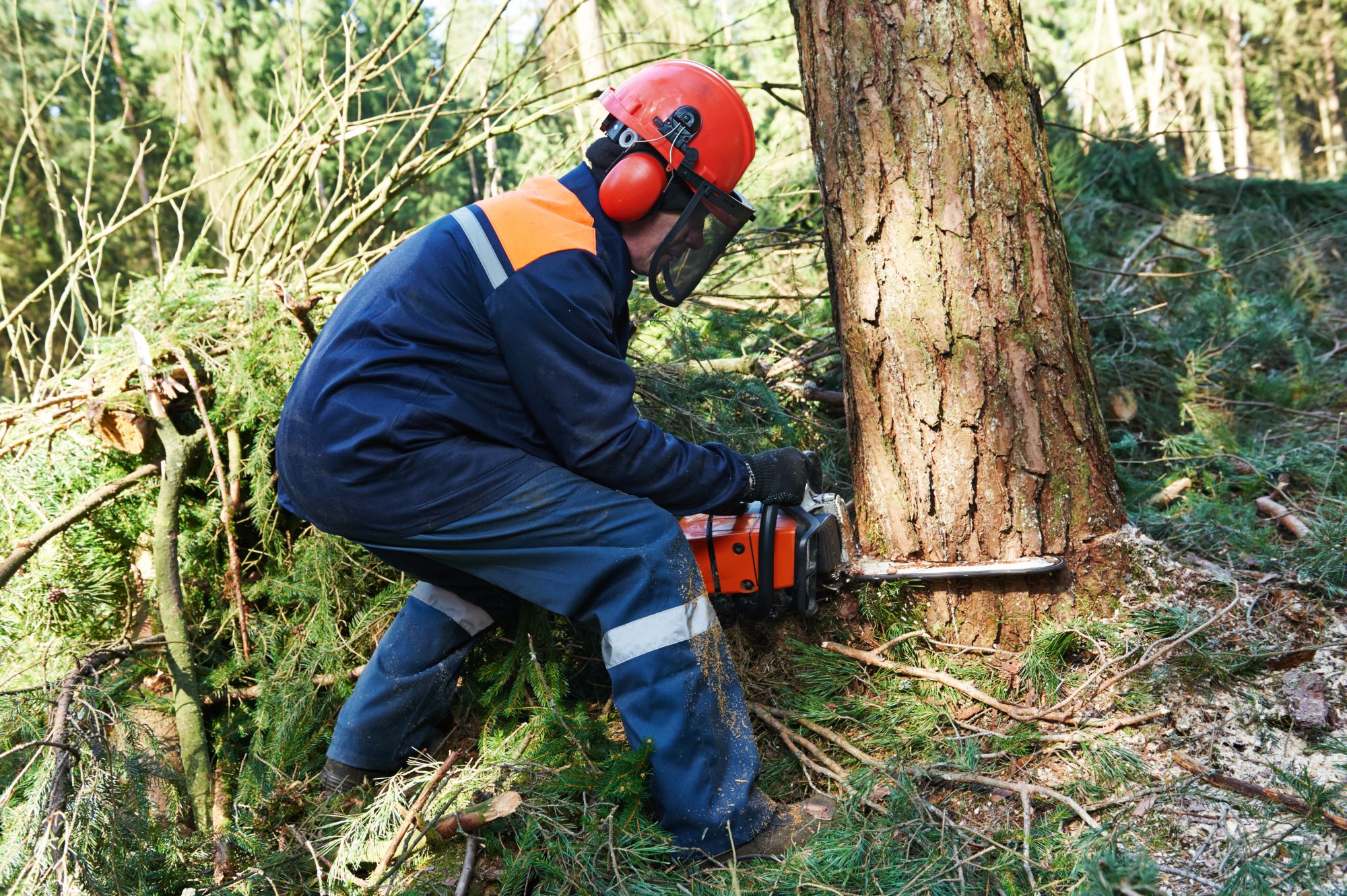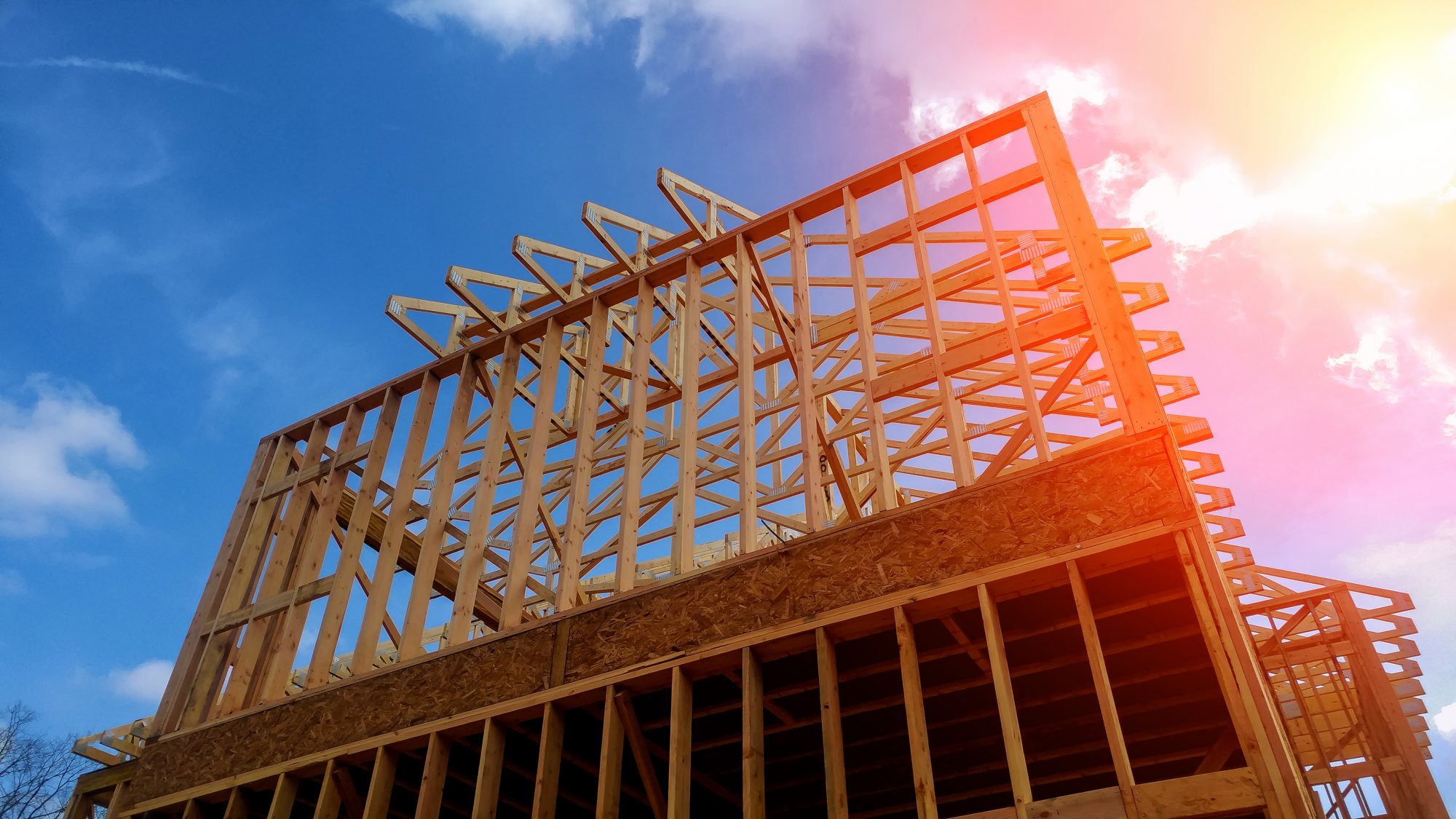Housing a growing population in timber houses, as opposed to conventional steel and concrete, could save 100 billion tonnes of greenhouse gases
Could living in timber houses help save the planet? Researchers from the Potsdam Institute for Climate Impact Research (PIK) seem to think so.
Housing a growing population in homes made out of wood instead of conventional steel and concrete could avoid more than 100 billion tonnes of emissions of the greenhouse gas CO2 until 2100, a new study by the Potsdam Institute for Climate Impact Research shows.
The study is the first to really get to grips with the impacts of a large-scale transition to timber housing on land use, land-use change emissions, and long-term carbon storage in harvested wood products.
“We have an alternative: We can house the new urban population in wooden buildings”
“More than half the world’s population currently lives in cities, and by 2100 this number will increase significantly. This means more homes will be built with steel and concrete, most of which have a serious carbon footprint,” explains Abhijeet Mishra, a scientist from the Potsdam Institute for Climate Impact Research (PIK) and lead author of the study to be published in Nature Communications.
“But we have an alternative: We can house the new urban population in mid-rise buildings – that is 4 to 12 stories – made out of wood.”
Wood has lowest carbon footprint of any building material
Wood is a renewable resource that has the lowest carbon footprint of any comparable building material. This is because trees breathe in CO2 from the atmosphere as they grow.
Mishra explains: “Production of engineered wood releases much less CO2 than production of steel and cement. Engineered wood also stores carbon, making timber cities a unique long-term carbon sink – by 2100, this could save more than 100Gt of additional CO2 emissions, equivalent to 10% of the remaining carbon budget for the 2°C target.”

Timber houses mean more tree plantations and no reduction in land for food production
In the paper, the scientists looked at four different land-use scenarios: One analysed conventional building materials like cement and steel, and three considered the additional timber demand on top of the regular timber demand.
They also investigated the viability of the additional demand for wooden construction materials. Where would it come from? What would the consequences be?
“Our simulation shows that sufficient wood for new mid-rise urban buildings can be produced without major repercussions on food production,” says PIK scientist Florian Humpenöder and co-author of the study.
“Wood is sourced from timber plantations as well as natural forests. Most of the additional timber plantations needed – we are talking about roughly 140 million hectares – are established on harvested forest areas and thus not at the cost of agricultural land,” as Humpenöder underlines.
“We need farmland to grow food for the people – using it to grow trees could potentially cause competition for the limited land resources.”
What about biodiversity?
The study authors wanted to ensure that biodiversity would not be compromised by timber production.
Alexander Popp, head of the land use management group at PIK scientist and co-author of the study, explained: “The question of how and from where to source the wood for the construction of timber cities is crucial. In our computer simulations, we have set a clear limit to timber extraction and for adding new tree plantations: Nothing can be cut off in pristine forests and biodiversity conservation areas.”
Popp states: “The explicit safeguarding of these protected areas is key, but still, the establishment of timber plantations at the cost of other non-protected natural areas could thereby further increase a future loss of biodiversity.”
“Our study underlines that urban homes made out of wood could play a vital role in climate change mitigation due to their long-term carbon storage potential. Strong governance and careful planning are required to limit negative impacts on biodiversity and to ensure a sustainable transition to timber cities,” Mishra concludes.











